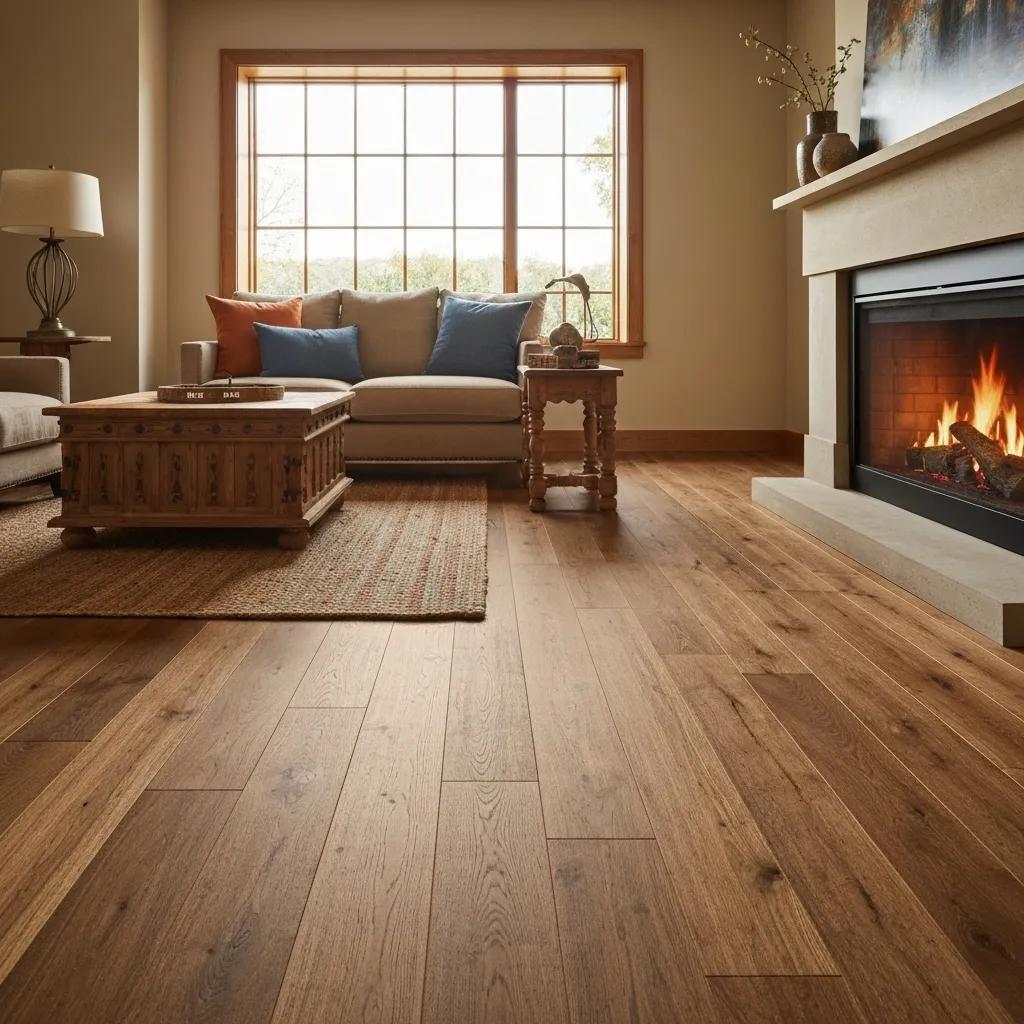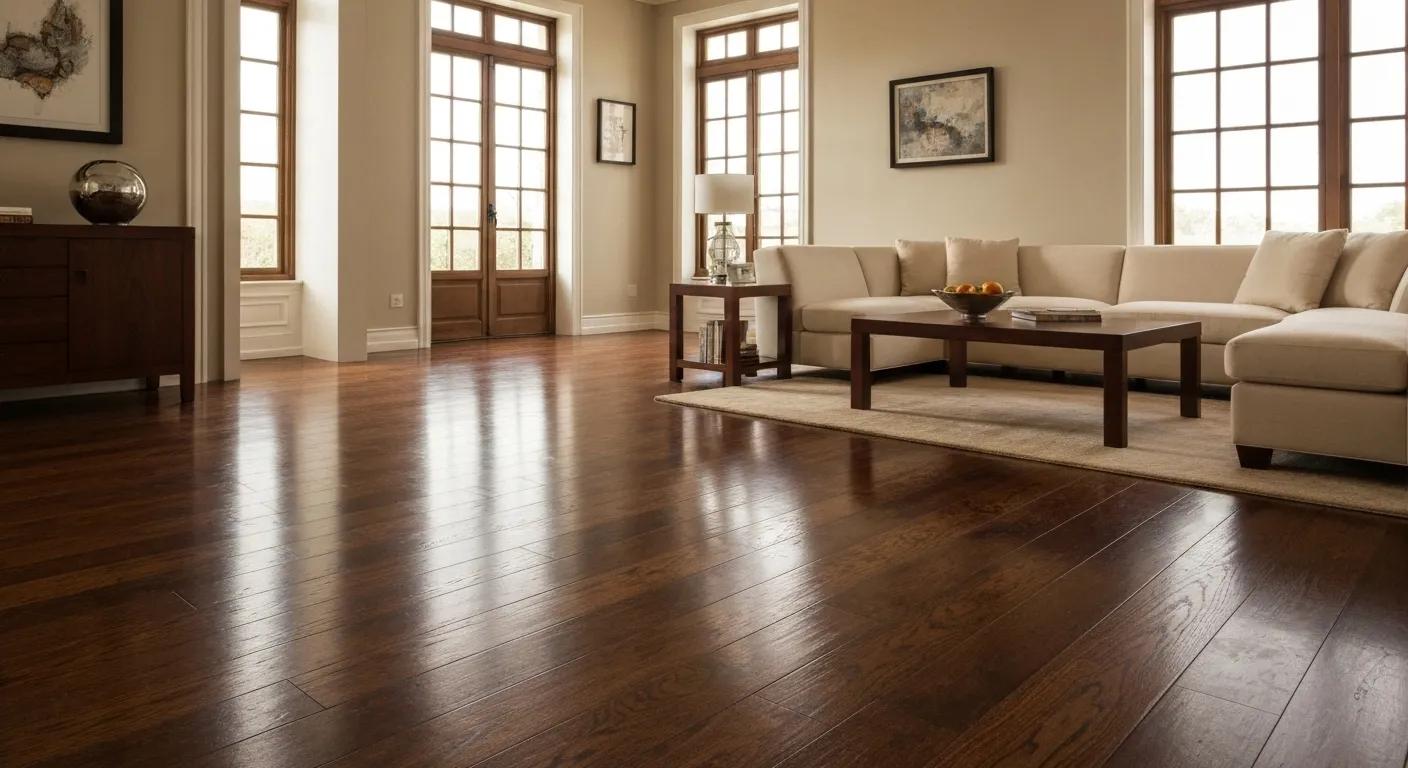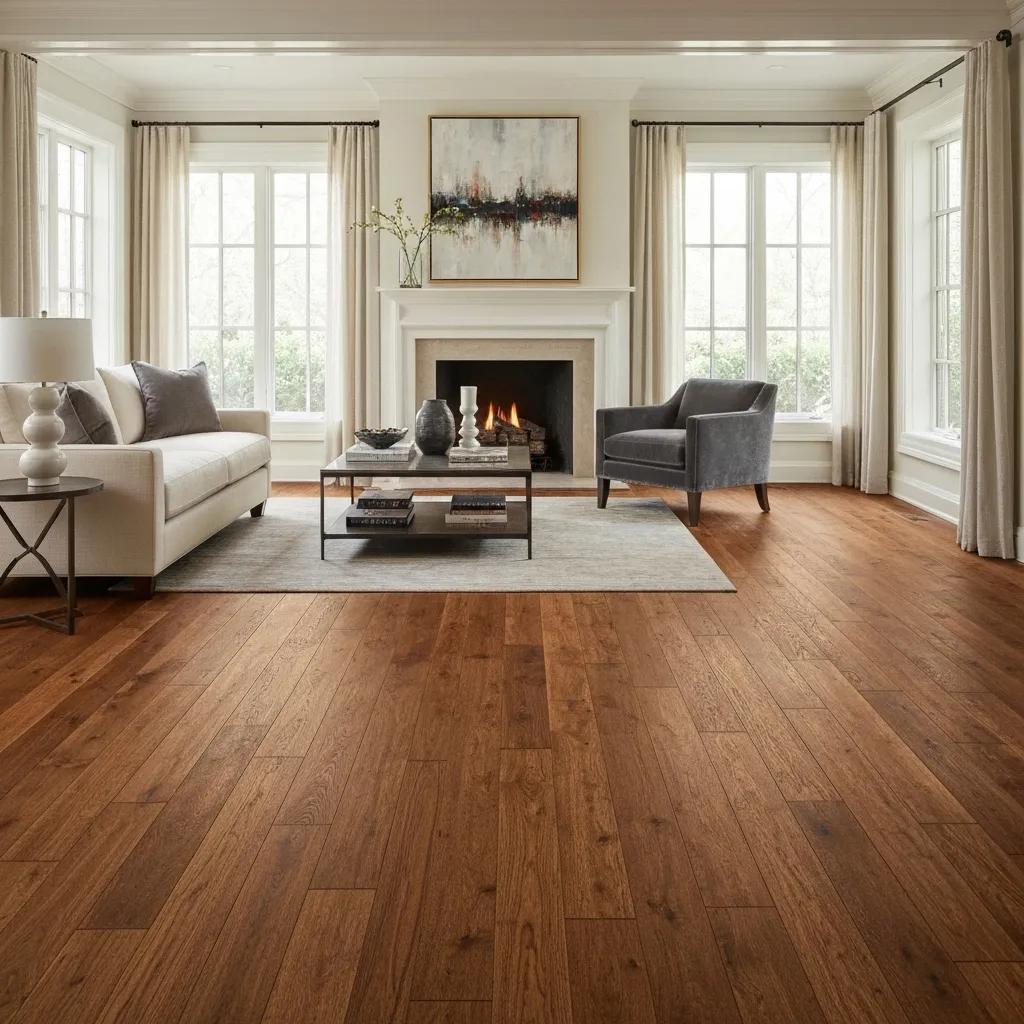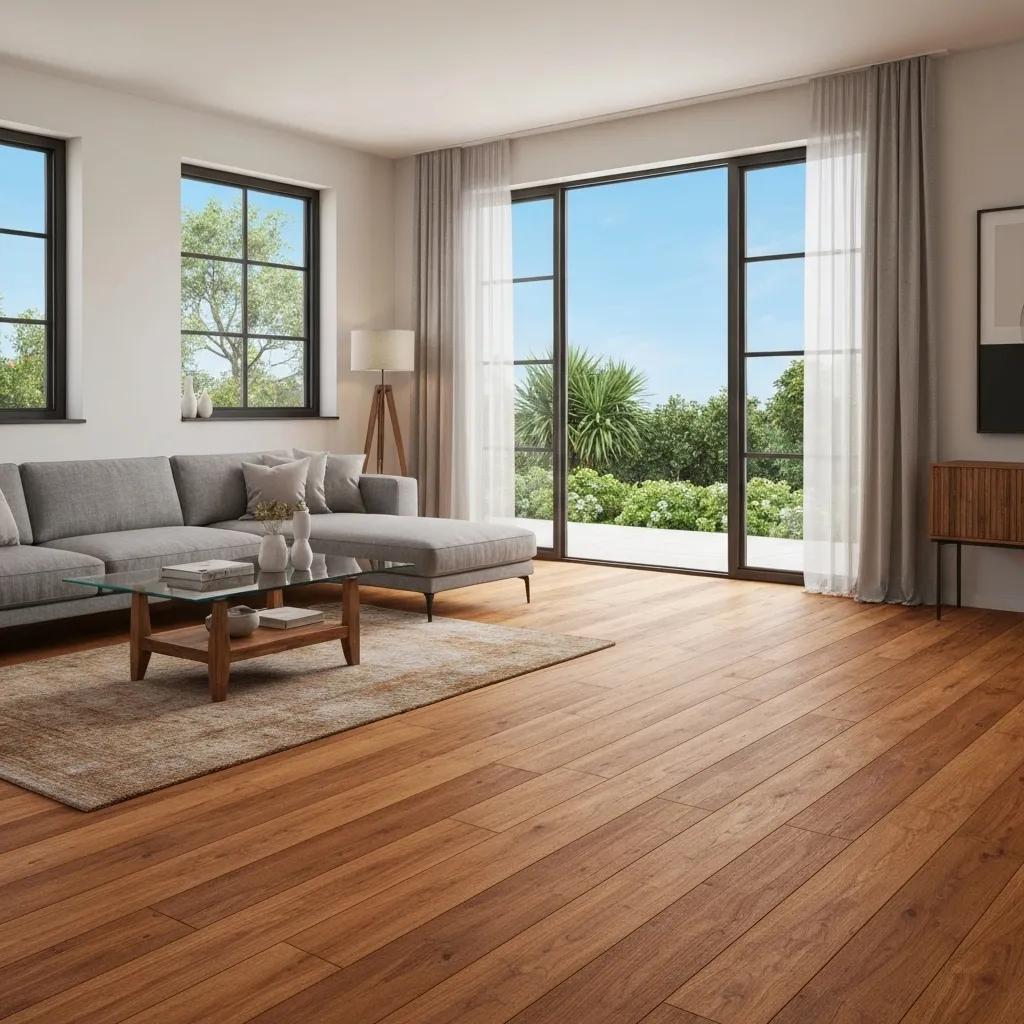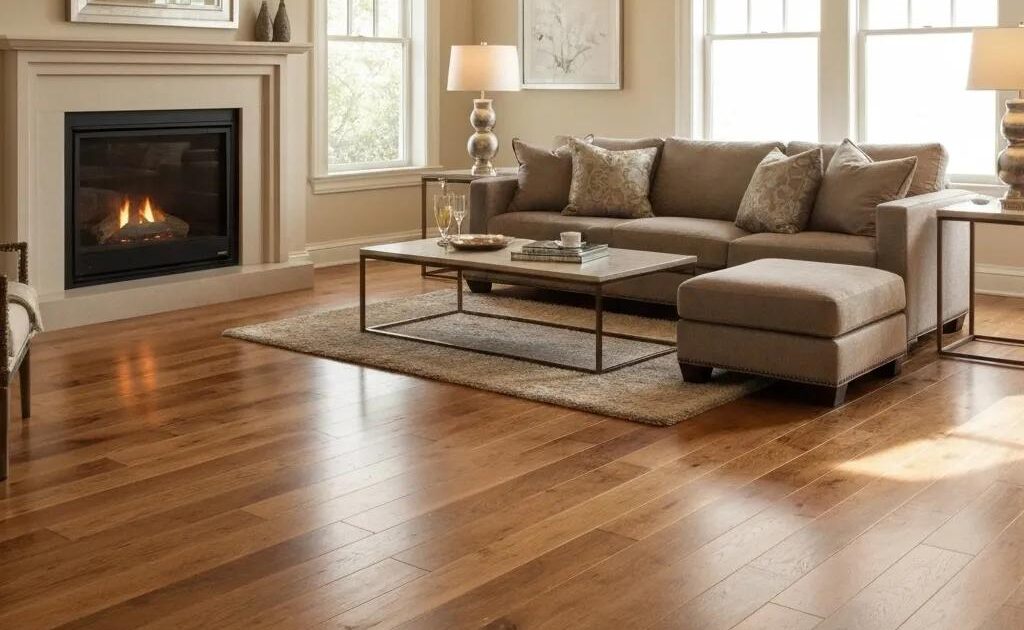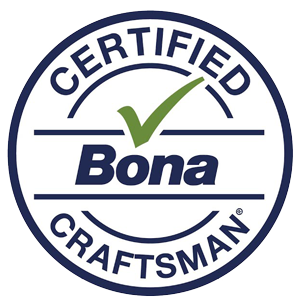What Is the Best Hardwood for High Traffic Areas?
Introduction
High traffic areas such as entryways, busy living rooms, and commercial spaces experience significant wear and tear on hardwood floors. Homeowners and business owners in the Northwest Suburbs of Chicago increasingly seek hardwood flooring that looks beautiful yet withstands daily abuse. This article provides an analysis of the best hardwood options for high traffic areas, focusing on durability, maintenance, finishes, installation techniques, and cost efficiency. Drawing on over 40 years of experience from a veteran-owned company specializing in hardwood floor installation, refinishing, and repair, the guide uses industry metrics like the Janka Hardness Scale to compare species such as hickory, oak, and maple. Readers will gain insight into choosing hardwood that balances aesthetics, longevity, and sustainability while answering frequently asked questions regarding wood floor installation costs, sanding, and long-term maintenance.
Table of Contents
Which Hardwood Types Are Best Suited for High Traffic Areas?
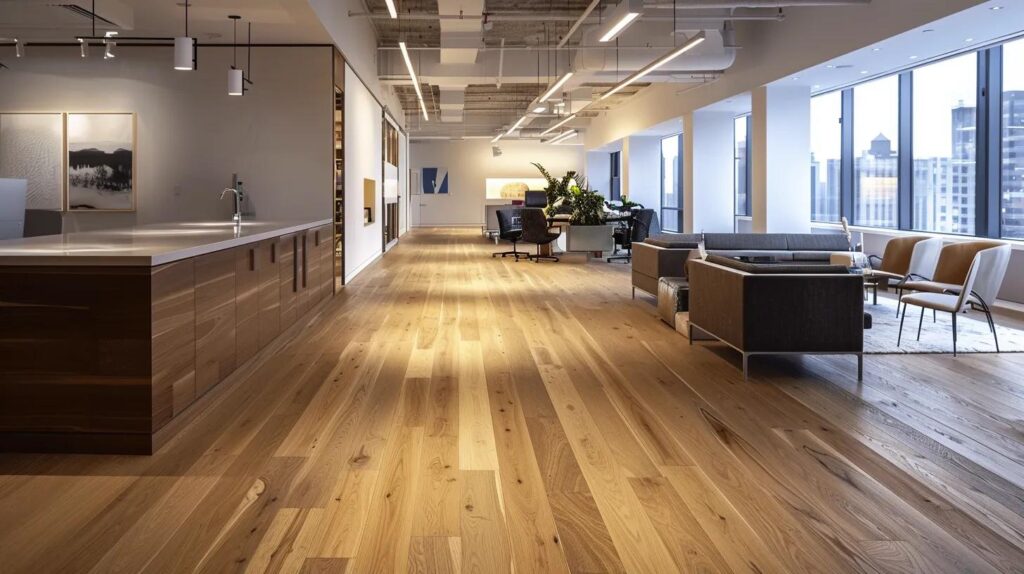
When selecting hardwood for high traffic areas, durability is the primary concern. The best choices combine resistance to wear with an attractive grain and finish. Species such as oak, hickory, and maple are known for their density and robust structure, which offer excellent resistance to scratches and dents. In engineered wood, multiple layers with a durable top veneer provide both aesthetic appeal and strength. These species are popular in both commercial settings and busy family homes because they outperform softer woods like pine. Additionally, sustainable options certified by the Forest Stewardship Council (FSC) are increasingly preferred. Ultimately, the ideal hardwood for high traffic areas combines visual appeal, durability, easy maintenance, and environmental responsibility.
What Are the Differences Between Engineered and Solid Hardwood?
The main difference lies in construction. Solid hardwood is milled from a single timber piece, offering a natural uniform look and the potential for infinite refinishing. However, it is more prone to humidity-related expansion and contraction. Engineered hardwood, on the other hand, consists of a real hardwood veneer bonded to layers of fiberboard or plywood, which improves dimensional stability in fluctuating temperatures and moisture. While engineered wood replicates the appearance of solid wood and supports methods like floating floor installation, its performance depends on veneer thickness. For high traffic areas, engineered hardwood is often preferred for its resistance to warping and shrinking.
How Do Exotic Hardwood Options Compare in Durability?
Exotic hardwoods such as Brazilian cherry, tigerwood, and teak offer a visually striking alternative to domestic species. Their dense, tight grain structures contribute to high durability with excellent resistance to abrasion and moisture. For example, Brazilian cherry is prized for its rich hues and high Janka rating, making it suitable for heavy foot traffic. Tigerwood features distinctive striped patterns and superior hardness but may need more frequent maintenance. Teak, known for its natural oils and moisture resistance, works well indoors when durability and a warm look are desired. However, exotic hardwoods often carry a higher price tag and may be less readily available compared to domestic options.
Which Hardwood Species Offer the Highest Durability Ratings?
Domestic hardwoods such as hickory, oak, and maple are renowned for durability. Hickory, with one of the highest Janka ratings, resists dents and scratches, making it ideal for busy spaces. White oak features a tight, straight grain that provides both appearance and robust performance under heavy use. Maple offers a fine, consistent grain that stands up to everyday wear. These species typically require less frequent refinishing, enhancing long-term cost efficiency. Their broad availability in solid and engineered formats further supports consistent performance in both residential and commercial applications.
What Are the Most Durable Hardwood Species for High Traffic Floors?
When durability is paramount, hardwood species such as hickory, maple, and oak lead the list. Their high density and resilient grain patterns enable them to withstand significant wear while maintaining an attractive appearance.
Why Are Hickory, Maple, and Oak Top Choices for Durability?
Hickory is celebrated for its top-tier hardness and near-impervious resistance to scratches and dents. Maple, with its fine and uniform grain, offers both strength and a clean, modern look. Oak, particularly white oak, is prized for its reliable durability under heavy use. These three species have proven effective in environments like commercial offices and busy households, requiring minimal refinishing and reducing long-term maintenance costs. Their broad availability also makes them cost-efficient choices for high traffic settings.
How Does the Janka Hardness Scale Help Choose Hardwood?
The Janka Hardness Scale measures wood’s resistance to denting by determining the force needed to embed a steel ball. A higher rating suggests superior durability and wear resistance. For example, hickory frequently scores near the top, proving its suitability for high traffic. By comparing Janka ratings, professionals can estimate the longevity and performance of hardwood species, ensuring the chosen floor maintains its appearance over time while reducing the need for constant repairs.
What Are the Pros and Cons of Walnut and Other Popular Woods?
Walnut offers rich, dark tones and striking grain patterns that add luxury to any space. However, its lower Janka rating compared to hickory, maple, or oak means it is less resistant to dents and scratches, making it better suited for low to moderate traffic areas. Other woods such as cherry and birch provide unique colors and textures but might not match the durability of top-rated species. When choosing hardwood for busy areas, it is essential to balance aesthetic desires with the practicality of wear resistance.
What Are the Most Durable Hardwood Species for High Traffic Floors? (Table Comparison)
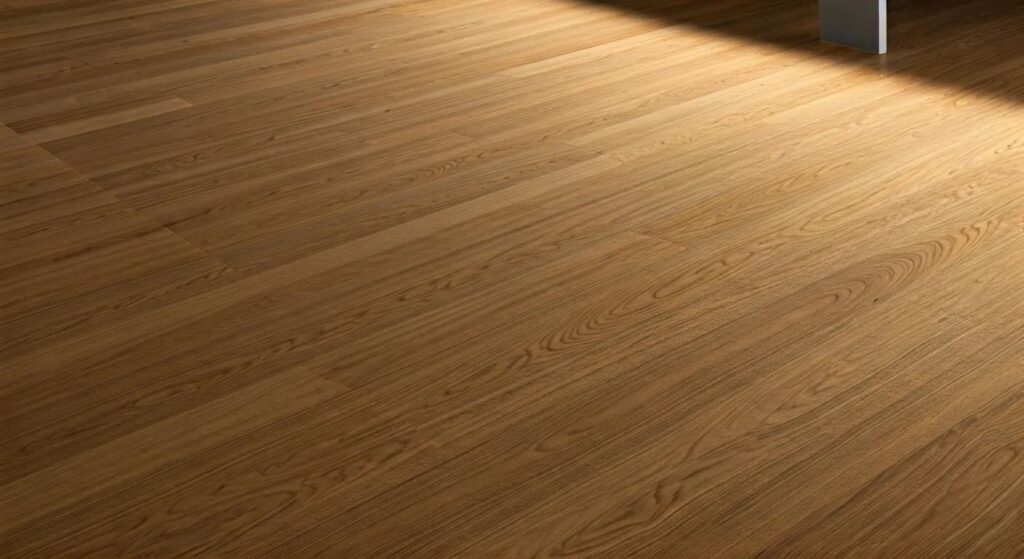
Below is a table summarizing key attributes of select hardwood species recommended for high traffic areas:
| Hardwood Species | Approximate Janka Rating (lbf) | Key Attributes | Ideal Use Case |
|---|---|---|---|
| Hickory | 1820 | Exceptional hardness, scratch resistance | High traffic residential and commercial areas |
| White Oak | 1360 | Consistent durability, attractive grain | Busy households, offices, entryways |
| Maple | 1450 | Fine, uniform grain, reliable wear resistance | Areas with moderate to heavy foot traffic |
| Walnut | 1010 | Rich color, luxurious appearance | Low to moderate traffic zones focused on aesthetics |
| Cherry | 950 | Smooth texture, warm tones | Elegant spaces with lower traffic |
This table shows that while walnut and cherry offer aesthetic benefits, hickory, maple, and white oak are best suited for heavy traffic due to superior hardness and resistance.
How Do Hardwood Finishes Impact Scratch Resistance and Longevity?
The finish on hardwood floors creates a protective barrier against scratches, moisture, and spills. Popular finishes include polyurethane, oil-based, and aluminum oxide coatings. The finish not only impacts the wood’s look but also its maintenance and durability. A quality finish can significantly prolong the life of a hardwood floor with minimal upkeep.
What Are the Benefits of Polyurethane, Oil, and Aluminum Oxide Finishes?
Polyurethane finishes offer high durability and a glossy shine, protecting against scratches and scuffs and withstanding heavy foot traffic. Oil-based finishes, although slower to cure, enhance natural wood textures and warmth and allow for easier localized repairs. Aluminum oxide finishes, commonly used in pre-finished engineered hardwood, provide exceptional hardness and self-healing properties, making them ideal for commercial settings with minimal required upkeep.
Which Finishes Are Best for Protecting Floors in High Traffic Areas?
For areas with heavy use, polyurethane finishes (especially those with UV inhibitors) are generally recommended for their robust, scratch-resistant surface that remains easy to clean. Aluminum oxide finishes also perform well due to their impressive hardness and longevity. While oil-based finishes produce a warm look, they are better suited for areas with less intensive cleaning demands.
How Does Finish Choice Affect Maintenance and Appearance?
The finish directly influences both the initial aesthetics and ongoing maintenance needs of a hardwood floor. A high-quality polyurethane finish may reduce the frequency of refinishing but can be labor-intensive to repair if damaged. Oil finishes, although beautiful and easier to spot-repair, require periodic reapplication. Aluminum oxide finishes offer the best balance by maintaining a long-lasting, polished appearance with minimal upkeep, making them particularly attractive for busy environments.
What Are the Best Maintenance Practices for Hardwood in High Traffic Areas?
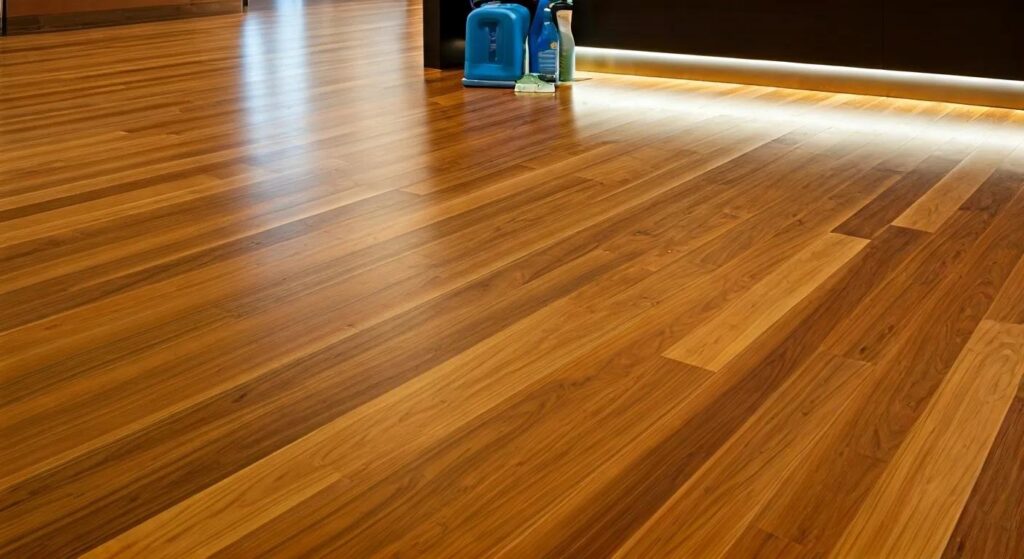
To preserve hardwood’s beauty and durability in high traffic settings, regular cleaning, periodic refinishing, and protective measures are essential. A structured maintenance plan keeps the floors looking their best and performing well over the long term.
How Should You Clean Hardwood Floors to Maximize Durability?
Effective cleaning includes daily dusting with a microfiber mop and periodic damp mopping using a pH-neutral cleaner. Avoiding harsh chemicals and excessive water is critical to prevent damage such as warping or discoloration. Additionally, using mats at entryways and area rugs in high traffic zones minimizes debris that acts like an abrasive on the surface.
When and How Should You Refinish Hardwood Floors?
Typically, hardwood floors in busy areas require refinishing every 7 to 10 years, though this interval may shorten with heavy use. Refinishing involves lightly sanding the top layer of the floor to remove minor damage and then applying a fresh finish. Regular inspections help detect wear early, allowing for timely spot repairs or full refinishing as needed.
What Protective Measures Help Prevent Damage in Busy Spaces?
Additional protective measures include using felt pads under furniture legs, placing area rugs in high-traffic zones, and installing mats at entrances. Enforcing a no-shoe policy indoors—especially in muddy or wet conditions—can significantly reduce scratches and debris accumulation, thereby lowering the frequency of costly refinishing.
How Does Installation Affect Hardwood Performance in High Traffic Areas?
Proper installation is key to ensuring long-term durability and performance of hardwood floors. A well-installed floor minimizes issues such as warping, gaps, and premature wear by accommodating factors like moisture and temperature changes.
Should You Choose Professional Installation or DIY for High Traffic Floors?
Professional installation is recommended for high traffic areas because experts ensure correct alignment, proper subfloor preparation, and adequate expansion gaps. While DIY installations might save costs initially, errors can lead to structural issues and premature wear, ultimately increasing maintenance and repair expenses.
What Subfloor Preparations Are Needed for Durable Hardwood Flooring?
For a long-lasting installation, the subfloor must be flat, dry, and level. Installing an underlayment or moisture barrier can prevent issues related to humidity, and a thorough cleaning removes debris that might compromise adhesion. These steps create a stable foundation that boosts the floor’s longevity.
How Does Installation Influence Long-Term Floor Durability?
Correct installation techniques—proper adhesive or nail placement, adequate spacing for expansion, and uniform leveling—reduce stress points and prevent warping or gaps. A secure installation results in fewer repairs and less frequent refinishing, ensuring long-term performance.
Which Hardwood Flooring Solutions Are Ideal for Specific High Traffic Areas?
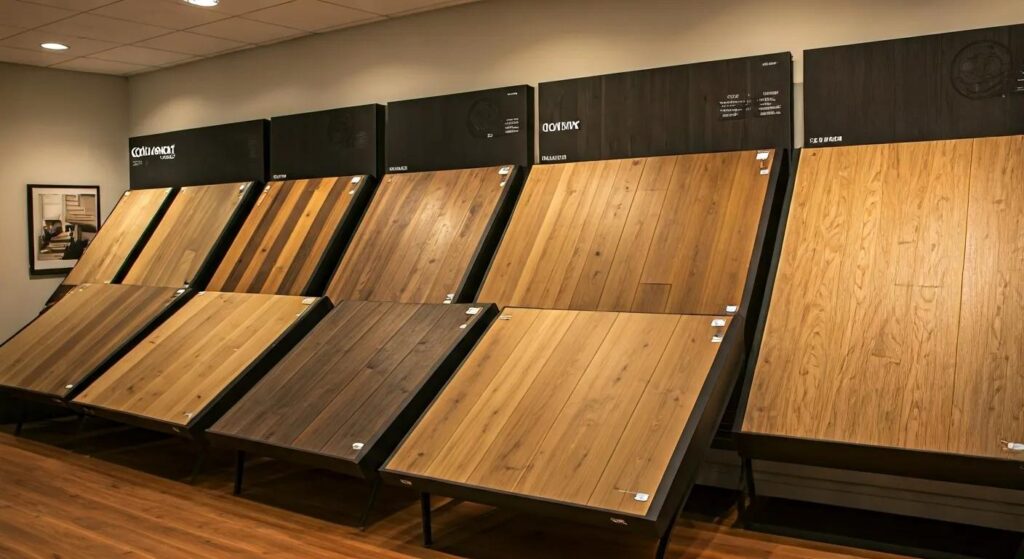
Different areas benefit from tailored hardwood solutions. Entryways and hallways face heavy wear and moisture, kitchens and living rooms require a balance of durability and warmth, and commercial spaces demand floors that can handle continuous heavy use. Choosing the right species and finish for each environment optimizes overall performance.
What Is the Best Hardwood for Entryways and Hallways?
For entryways and hallways, where dirt and moisture are common, hardwoods like hickory and white oak are ideal due to their superior hardness and scratch resistance. A durable polyurethane finish enhances protection, and adding mats or rugs further safeguards the floor.
Which Hardwood Options Work Best in Kitchens and Living Rooms?
In kitchens and living rooms, engineered hardwood with a quality hardwood veneer offers both durability and an appealing finish. These floors are less prone to expansion or contraction from fluctuating temperatures and humidity. A robust finish, such as aluminum oxide or high-quality polyurethane, ensures lasting shine and resistance to stains.
What Hardwood Flooring Is Recommended for Commercial Spaces?
Commercial environments require high-performance flooring that endures continuous use. Engineered hardwood, especially high-density species like oak and hickory finished with industrial-grade coatings, is preferred for its dimensional stability and low maintenance. These floors maintain their appearance over time and are designed for heavy foot traffic.
How Do Cost and Longevity Compare Among Durable Hardwood Options?
Cost and longevity are closely related when evaluating hardwood for high traffic areas. While engineered hardwood is often more affordable in installation and better suited to moisture-prone locations, solid hardwood—with its potential for infinite refinishing—can offer extended service life with proper care.
What Is the Cost Difference Between Engineered and Solid Hardwood?
Engineered hardwood generally costs less than solid hardwood because of its layered design and simpler installation processes. Although solid hardwood may carry a higher initial cost, its ability to be sanded multiple times can make it economical over the long term. In high traffic areas, the choice depends on balancing short-term budget with long-term durability expectations.
How Does Longevity Vary by Hardwood Species and Finish?
Longevity depends on both the wood species and the finish. Hardwoods like hickory, white oak, and maple paired with high-quality finishes such as polyurethane or aluminum oxide are designed to withstand extensive wear. Regular maintenance, including cleaning and periodic refinishing, further extends the life of these floors, making increased initial costs worthwhile.
Are There Eco-Friendly Durable Hardwood Choices?
Eco-friendly hardwood options are available in both solid and engineered formats. FSC-certified species like oak, maple, and hickory ensure responsible sourcing, while water-based and low-VOC finishes maintain indoor air quality. These sustainable choices do not sacrifice durability, providing an eco-conscious alternative for high traffic areas.
Tables and Lists Summary
Before moving on, refer to the following helpful summaries.
List of Maintenance Tips for Hardwood in High Traffic Areas
- Regular Cleaning: Use a microfiber mop with a pH-neutral solution daily.
- Immediate Spill Cleanup: Address spills quickly to prevent staining.
- Use Protective Mats: Place mats at entryways and under furniture.
- Schedule Periodic Refinishing: Refinish every 7 to 10 years.
- Preventive Measures: Apply felt pads to furniture legs to avoid scratches.
Comparative Table of Hardwood Species Durability
| Hardwood Species | Janka Hardness (lbf) | Key Benefit | Ideal Area |
|---|---|---|---|
| Hickory | 1820 | Highest wear resistance | High traffic residential and commercial areas |
| White Oak | 1360 | Consistent durability | Family homes, offices, entryways |
| Maple | 1450 | Uniform, fine grain | Modern living rooms, kitchens |
| Walnut | 1010 | Rich aesthetics | Low to moderate traffic spaces |
| Cherry | 950 | Warm, luxurious finish | Elegant spaces with less heavy use |
This table and list offer a quick reference for comparing hardwood species and implementing maintenance practices to maximize durability.
How Do Hardwood Finishes Impact Scratch Resistance and Longevity? (Additional List)
- Polyurethane Finish: Provides a hard, protective surface that resists abrasions.
- Oil-Based Finish: Enhances natural beauty; requires periodic reapplication.
- Aluminum Oxide Finish: Offers long-lasting durability with self-healing properties.
- Water-Based Finishes: Preserve a natural look while being low in VOCs.
- Hybrid Finishes: Combine the benefits of polyurethane and water-based formulas.
Frequently Asked Questions
Q: How often should hardwood floors in high traffic areas be refinished?
Q: Is engineered hardwood a better choice than solid hardwood for busy environments?
Q: What role does the Janka Hardness Scale play in hardwood selection?
Q: Can hardwood floors be eco-friendly and durable?
Q: How do hardwood finishes minimize maintenance needs in busy spaces?
Final Thoughts
This guide has explored the key factors affecting hardwood performance in high traffic areas, including species durability, the impact of finishes, maintenance practices, and installation considerations. By understanding these elements, homeowners and business owners can select hardwood that meets both aesthetic and functional needs. Proper installation and routine care help extend the life of hardwood floors, ensuring they stay resilient even under heavy use. With expert insights and practical tips, you can achieve lasting beauty and durability in your hardwood flooring investments.

